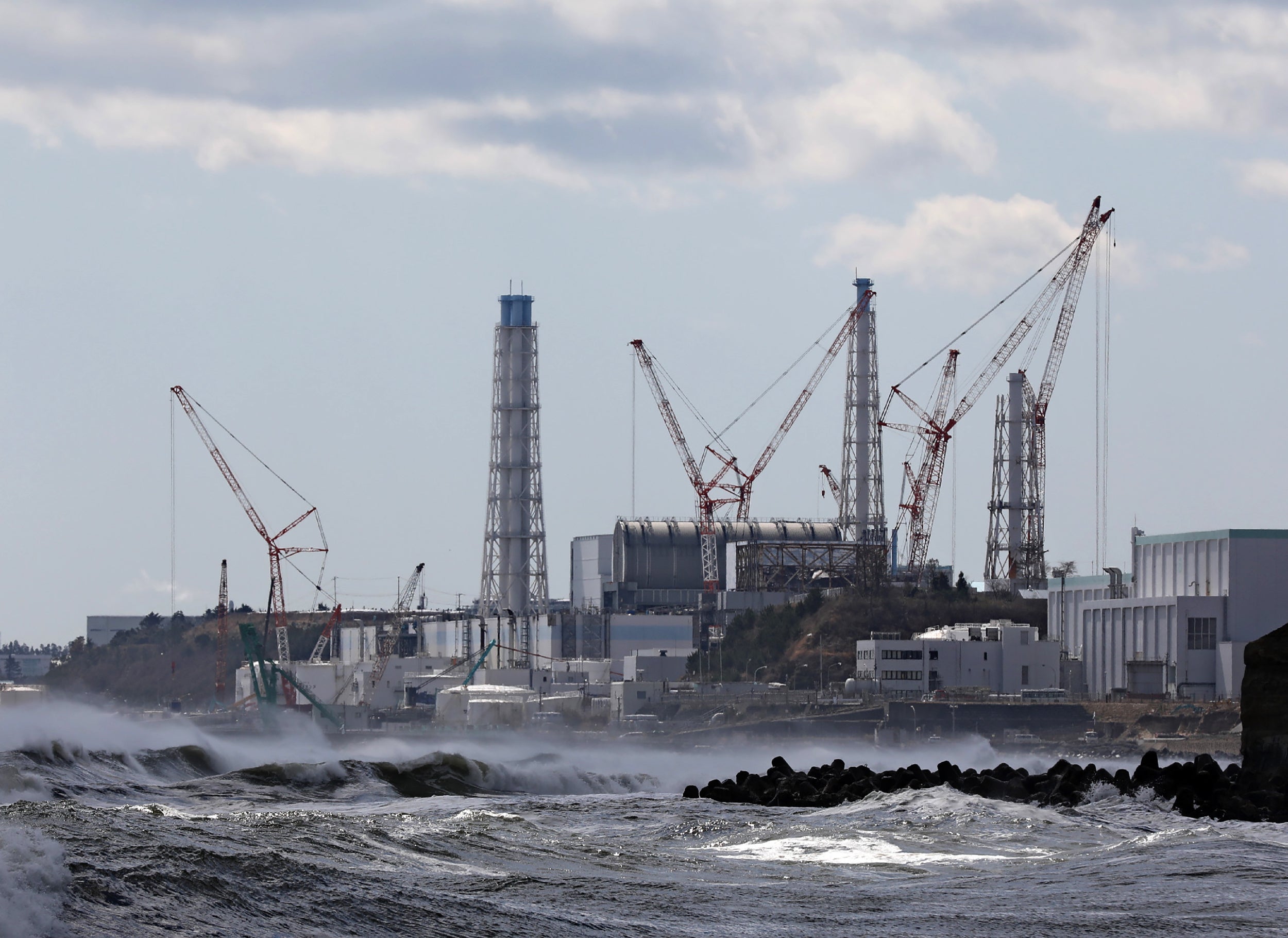Japan to release 1.23m tonnes of contaminated radioactive Fukushima water into sea
Japan’s move to release radioactive water is set to anger fishermen and environmentalists

Your support helps us to tell the story
From reproductive rights to climate change to Big Tech, The Independent is on the ground when the story is developing. Whether it's investigating the financials of Elon Musk's pro-Trump PAC or producing our latest documentary, 'The A Word', which shines a light on the American women fighting for reproductive rights, we know how important it is to parse out the facts from the messaging.
At such a critical moment in US history, we need reporters on the ground. Your donation allows us to keep sending journalists to speak to both sides of the story.
The Independent is trusted by Americans across the entire political spectrum. And unlike many other quality news outlets, we choose not to lock Americans out of our reporting and analysis with paywalls. We believe quality journalism should be available to everyone, paid for by those who can afford it.
Your support makes all the difference.Amid strong opposition from environmentalists and the fishing community, Japan is set to release more than one million tonnes of contaminated water from the tsunami-devastated Fukushima power plant into the sea.
According to local media reports, the work to release the radioactive water from Fukushima’s Daiichi nuclear power plant would begin in 2022 at the earliest and would take decades to complete.
Japanese Industry Minister Hiroshi Kajiyama told a news conference: “Decommissioning of the Fukushima Daiichi plant is a major premise for a restoration in Fukushima from the nuclear disaster. To prevent any delays in the decommissioning process, we need to make a decision quickly.”
The Fukushima nuclear plant was hit by an enormous earthquake and tsunami in March 2011, a disaster which killed around 20,000 people, though precise tallies vary. The decision to release the water into the sea puts an end to years of debate over its disposal.
As of last month, there were 1.23 million tonnes of waste water at the facility, according to reports.
The Japanese government has maintained over time that they were looking at different means for getting rid of the water, and releasing into the sea or evaporating it were both "realistic options".
However, the release of the radioactive water is attracting strong opposition from environmentalists over the possible threat to marine life.
The move is also set to antagonise Japanese fishermen and the coastal farming community, who believe people would shun seafood and produce from the region. Last week, Japanese fishing industry representatives urged the government not to allow the release of the water into the sea, saying it would undo years of work to restore their reputation.
Such a massive release also poses a concern for neighbouring countries like South Korea. Seoul has voiced concerns over the environmental impact of the plan, and already bans the import of seafood from the region.
Experts believe tritium, a radioactive isotope of hydrogen, is only harmful to humans in very large doses, according to the Guardian, while the International Atomic Energy Agency says it is possible to dilute filtered waste water with seawater before it is released into the ocean.
Subscribe to Independent Premium to bookmark this article
Want to bookmark your favourite articles and stories to read or reference later? Start your Independent Premium subscription today.
Join our commenting forum
Join thought-provoking conversations, follow other Independent readers and see their replies
Comments